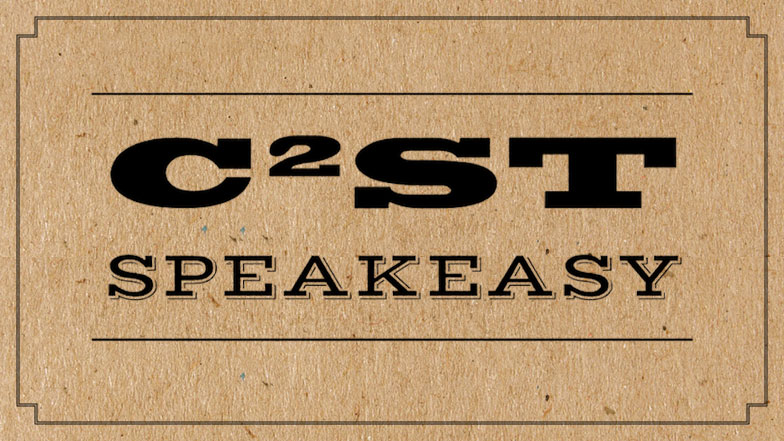Program Series: Technology and Engineering
The Technology, Engineering and Innovation (TEI) Series offers events that showcase the latest innovations and technology based research at both start-ups and large scale operations, by scientists and engineers.
Previous TEI events have covered high speed rail, nanotechnology, robots, tech incubators, machine learning, and medical imaging.
Distinguished speakers have included Adam Khan, CEO and founder of Akhan Semiconductors; Miles Wernick, Ph.D., Motorola Endowed Chair Professor of Electrical and Computer Engineering, Director of the Medical Imaging Research Center, and Professor of Biomedical Engineering at the Illinois Institute of Technology (IIT); and Amanda K. Petford-Long, Ph.D., Director for the Nanoscience and Technology Division and Argonne’s Center for Nanoscale Materials.

What kinds of technology are involved with helping reduce and reuse food waste in an urban food production setting? Plant Chicago’s Farm Technology Coordinator, Eric Weber, will discuss some of the projects being explored at The Plant, and how they fit into the larger world. These projects focus on various parts of the circular economy as it relates to food production, from the actual production of food to the energy used in both production and processing, as well as how to handle the waste products generated. Continue reading “C2ST Speakeasy: “Urban Farming and Closed-Loop Production” with Eric Weber”

“Machine learning”—a form of artificial intelligence—has received increasing attention in the news media, owing to its increasingly widespread impact on our everyday lives. Today, machine learning allows computers to understand speech, recommend movies, and beat the best human player at Jeopardy. Prof. Miles Wernick will explain the basic ideas behind this important technology, and will describe how he has used machine learning in various medical applications.
Continue reading “C2ST Speakeasy: “Machine Learning and Medical Imaging” with Dr. Miles Wernick”

The Museum of Science and Industry (MSI) recently opened a one-of-its-kind temporary exhibit, Robot Revolution. This unprecedented exhibit features more than 40 robots from all over the world. MSI’s robot wrangling team spent five years developing this program with the help of esteemed robotics advisors. The team scoured the world — including Japan, China, Germany, and France — to find the most advanced and exciting robots to showcase to the public. Kathleen McCarthy was part of this team.
Continue reading “C2ST Speakeasy: “Robot Revolution” with Anna Brill and Kathleen McCarthy”

Wearable devices such as smartwatches and fitness trackers have brought us closer to quantifying our lives, but will they truly change the way we interact with the world? This talk explores how the right combination of advances in energy harvesting, big data, and artificial intelligence could enable wearable devices to truly become digital extensions of us as humans.

Since just after World War II, U.S. and global researchers have attempted to evolve diamond’s use beyond simple gem. With extreme material properties such as ultra hardness, complete transparency to visible light, ultra high thermal conductivity, ultra fast power and frequency handling and switching, diamond it would seem, would be a perfect fit for technological use.
Continue reading “C2ST Speakeasy: “A Diamond Age of Microelectronics” with Adam Khan”
